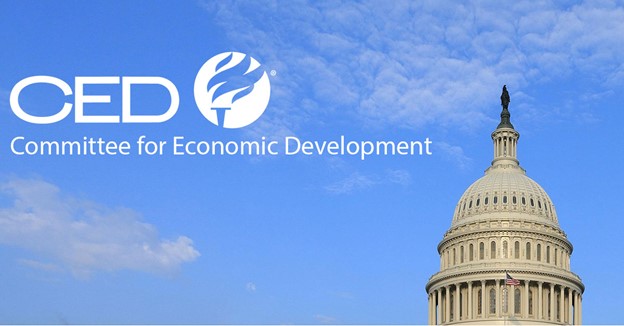
April 16, 2020 | Report
COVID-19 has changed the way work gets done at most organizations across the globe, with most countries or states issuing stay-at-home orders or lockdowns. Most organizations have transitioned to remote work for all employees who can work from home. And with the global economy declining precipitously, most organizations have been forced to or have chosen to undergo cost-containment measures. Some of these measures include mass layoffs, employee compensation and benefit cuts, and hiring freezes for all but critical positions.1 As a result, the talent acquisition (TA) functions in most organizations have had to dramatically change their processes and move to primarily virtual recruiting.

July 27, 2022 | Newsletters & Alerts

May 11, 2022 | Newsletters & Alerts
